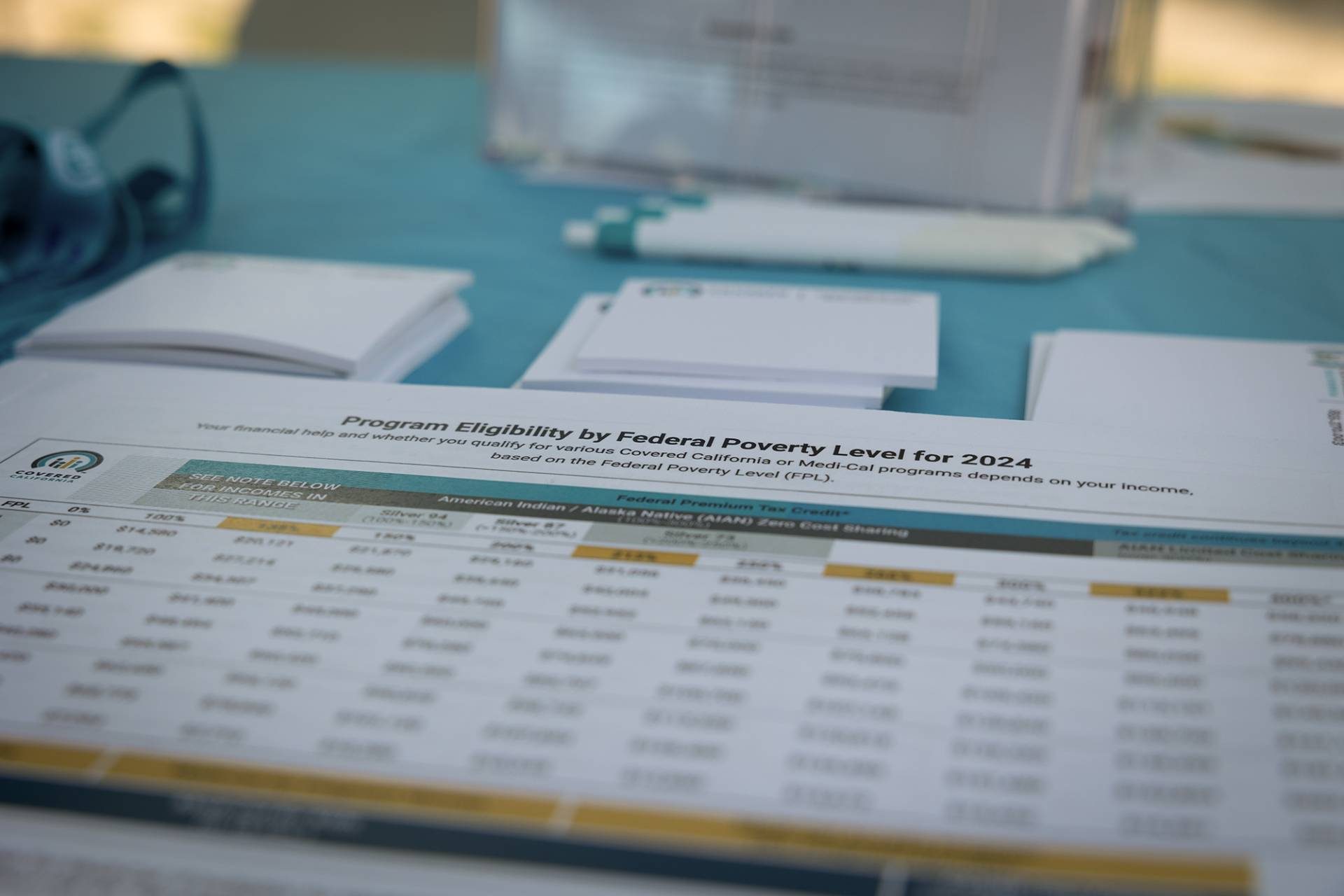The approval of Proposition 19 in 2020 has caused a sense of panic among California families. It was warned in the headlines that an Australian could become a landlord through inheritance of a family house, and it might cause a property tax reassessment on a scale that Mike had previously not imagined. Although the regulations were changed by a considerable margin, one of the most important ones is the exception of 1 million, which provides an important safety net.
The former regulations (Propositions 13 and 58) permitted its complete exemption from a complete reassessment in case of a child who inherits a primary residence. This was substituted by a conditional benefit in Prop 19. The good news?
Reconsideration does not occur automatically. The catch? Only on the condition that the value of the home falls within a certain range. When you are dealing with digital currency, better to find a professional tax expert group (like a crypto tax firm).

The Fundamental Ideal: The 1 Million Dollar Cushion
Proposition 19 brought in a restrictive parent-to-child transfer exclusion. The important point to note is that the amount of $1 million does not constitute a lump-sum exemption of the market value. It is instead a limit on the percentage increase in value of the value assessed.
The inheriting child is permitted by the law to retain the homeowner’s low property tax base of the parent in case he or she makes the home the primary residence, provided that the market value of the home does not surpass the old assessed value by more than a million dollars.
A Step-by-Step Guide to Walking through the Calculation
We shall take the mystery out of the equation that calculates your new adjusted value. You need three key numbers:
- The Factored Base Year Value (FBYV)
This is the value on which the parents were appraised initially, and all the annual increments of inflation that the parents would have obtained had they chosen to retain the home.

- The Cap of $1,000,000
The gist of it.
The formula works as follows:
The New Assessed Value = Fair Market Value-1,000,000.
There is, however, a critical rule, and this is: Your new assessed value cannot in any way be less than that of the parents’ original Factored Base Year Value.
Let’s look at two scenarios:
In Scenario 1
A new federal tax increase is due to be enacted in five months.<|human|>Scenario 1: The Cap Saves the Day. Scenario 1, The Cap Saves the Day, assumes a new increase in federal tax that will go into effect in 5 months. Find a professional tax person (like an EDD tax lawyer),who can manage your tax matters efficiently.
Factored Base Year Value by parents: $ 300,000.
As of Transfer of Fair Market Value: $1,500,000.
Calculation: $1,500,000 – $1,000,000 = $500,000
New Assessed Value: $500,000
Why? The amount that is calculated (500k) exceeds the past base value (300k) hence it becomes the new taxable value. The reassessment was not complete, but partial.
Scenario 2: The complete re-adulting
Factored Base Year Value by parents: $ 300,000.
Fair Market Value at Transfer: $1,700,000
Calculation: $1,700,000 – $1,000,000 = $700,000
New Assessed Value: $700,000
Why? Same as above. The value that was liable to taxation has now increased considerably, yet the $1 million limit gave a one-million cushion to the entire value of $1.7 million.
Scenario 3: No Reassessment
Basel Value Year Functioned by parents: F800,000.
Fair Market Value as at Transfer: $1,750,000.
Calculation: $1,750,000 – $1,000,000 = $750,000
New Assessed Value: $800,000
Why? This is the best misinterpreted point. Even the cap was not raised.
Major Lessons for your Plan
- The 1-million-dollar limit is not a deduction but rather a limit regarding the increment.
- In order to claim this inherited home, you have to file a “Homeowner’s Property Tax Exemption.
- In case the market value falls short of the old base in excess of 1 million, we may not have any increase in tax.
- In the case of properties that increase in value in a tremendous manner, the cap will cushion the impact but will not put the property off the ground.
The key to success in terms of handling the financial legacy of your family and finding yourself without a subsequent, unforeseen property tax bill is knowing how to do this calculation.










